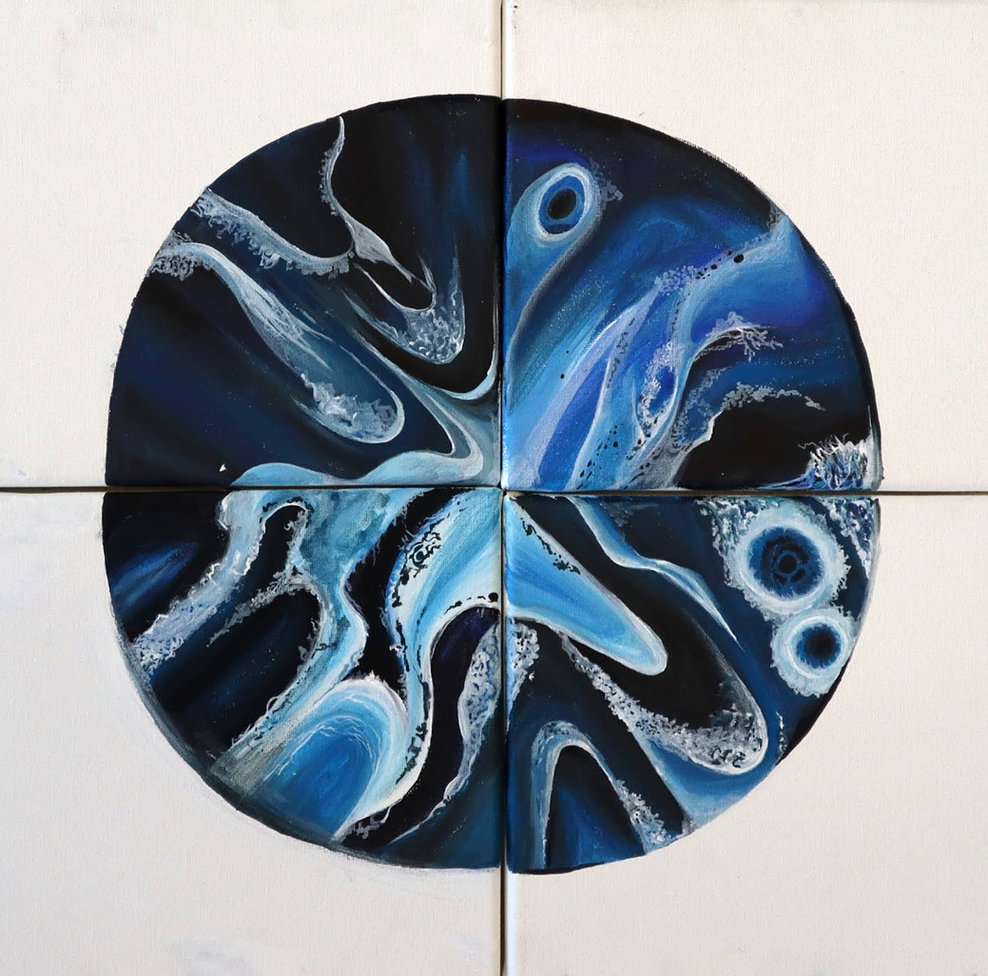Our group’s GitHub page hosts software packages we have released in conjunction with our computational research. Below are some brief descriptions:
curvedSpaceSim
Spearheaded by Toler Webb, curvedSpaceSim is a framework for performing particle-based simulations on curved surfaces! This package combines a standard object-oriented design for molecular dynamics and MD-like equations of motion with tools from discrete differential geometry in order to compute geodesics, perform parallel transport, and so on. Everything you might need to, for instance, simulate particles on the surface of an elephant!
cellGPU
Interesting classes of dense cellular matter (originally inspired by the geometrical models of Honda) require complicated auxiliary data structures to describe the topology of the model cellular network. These models have unusual properties and are interesting both from biological and statistical mechanical perspective, but simulating them is computationally challenging. cellGPU is a GPU-accelerated package that allows for million-cell-scale simulations of these models, allowing us to uncover their novel dynamic and thermodynamic properties.
Topological flocking
Leveraging the cellGPU’s underlying framework for fast, parallel computations of Voronoi partitions of space, we wrote an open-source framework for studying topological flocking models.
Vertex models in curved space
This GPU-accelerated package combines some of the topological algorithms used in cellGPU to define neighbors with a general d-Dimensional simulation package (on which open Qmin was built) to allow for the simulation of 2D vertex models in spherical domains. This was a lot of fun, but hopefully will soon be superseded by a vertex-model implementation in curvedSpaceSim!
open Qmin
A computational platform for simulating and visualizing a Landau-de Gennes Q-tensor approach to modeling liquid crystals. This was developed in collaboration with Dan Beller, and also benefits from the excellent open-ViewMin visualization software Dan created!
Educational presentations
Slides for a two-part presentation I gave as part of the Syracuse soft matter group’s “Introduction to Computational Research” seminar series: Introduction to git
